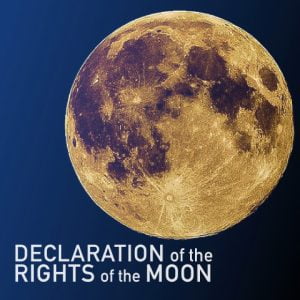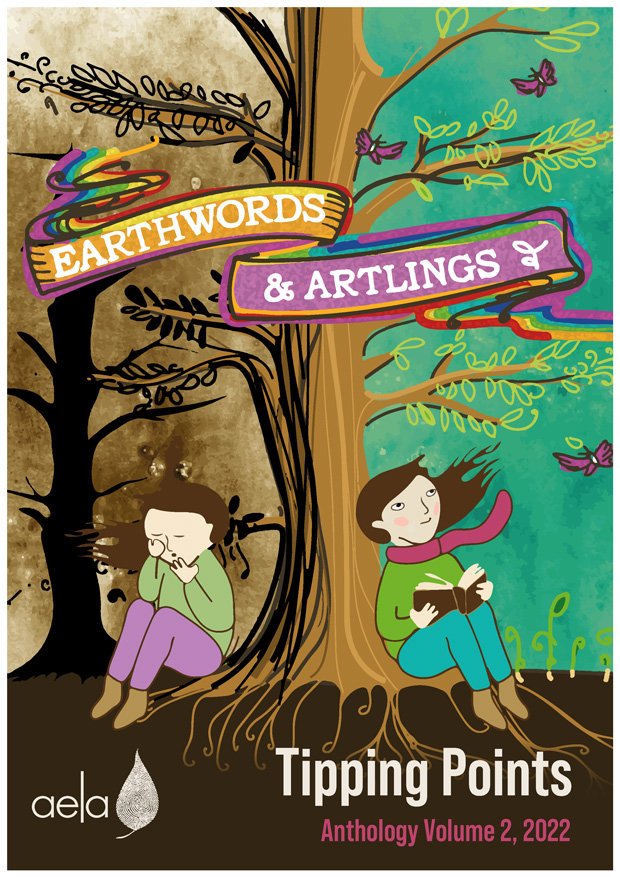Overview
Ecuador’s Constitution
Successful Rights of Nature case: the Vilcabamba River Case, 2011
Further reading
Overview
In 2008, Ecuador became the first country in the world to recognise the legal rights of nature in its constitution. Since that time, several cases have been brought to Ecuadorian courts, on behalf of nature. Details about a successful case in the Province of Loja, on behalf of the Vilcabamba River, is provided below.
Ecuador’s Constitution
As part of a major restructuring of the country’s legal framework, in 2008 Ecuador adopted a new Constitution by means of a national referendum. The 2008 Constitution contained new provisions that made it different from any other constitution in the world: it was the first national Constitution to recognise the legal rights of nature.
For an English version of the Ecuadorian Constitution, please click here.
Articles 71 to 74 of the Constitution contain the provisions relating to the Rights of Nature, and have been reproduced here:
CHAPTER SEVEN
Rights of nature
Article 71. Nature, or Pacha Mama, where life is reproduced and occurs, has the right to integral respect for its existence and for the maintenance and regeneration of its life cycles, structure, functions and evolutionary processes.
All persons, communities, peoples and nations can call upon public authorities to enforce the rights of nature. To enforce and interpret these rights, the principles set forth in the Constitution shall be observed, as appropriate.
The State shall give incentives to natural persons and legal entities and to communities to protect nature and to promote respect for all the elements comprising an ecosystem.
Article 72. Nature has the right to be restored. This restoration shall be apart from the obligation of the State and natural persons or legal entities to compensate individuals and communities that depend on affected natural systems.
In those cases of severe or permanent environmental impact, including those caused by the exploitation of nonrenewable natural resources, the State shall establish the most effective mechanisms to achieve the restoration and shall adopt adequate measures to eliminate or mitigate harmful environmental consequences.
Article 73. The State shall apply preventive and restrictive measures on activities that might lead to the extinction of species, the destruction of ecosystems and the permanent alteration of natural cycles.
The introduction of organisms and organic and inorganic material that might definitively alter the nation’s genetic assets is forbidden.
Article 74. Persons, communities, peoples, and nations shall have the right to benefit from the environment and the natural wealth enabling them to enjoy the good way of living.
Environmental services shall not be subject to appropriation; their production, delivery, use and development shall be regulated by the State.
Successful Rights of Nature Case:
Vilcabamba River, 2011
The first case to test the Rights of Nature provisions in the Ecuadorian Constitution was brought before the Provincial Court of Loja, in March 2011. The court found in favour of the river and ordered significant restoration of its capacity to flow and support life. The case is an excellent example of the way that Rights of Nature laws can ensure that nature, and natural systems, are protected and privileged over conflicting human development.
For a summary of the case, please click here.
Further reading and online resources
The articles below are specifically about the rights of nature in Ecuador. Please see our Resources webpage for other materials.
- Arias, Melissa (2015) “Conversation with Natalia Greene About the Rights of Nature in Ecuador”, Yale Center for Environmental Law and Policy, Online 9 March 2015
- Kauffman, Craig and Pamela Martin (2016) "Testing Ecuador's Rights of Nature: Why Some Lawsuits Succeed and Others Fail", Paper Presented at the International Studies Association Annual Convention Atlanta, GA, March 18, 2016
- Tesceau, Mineah (2013) “The rights of nature in Ecuador: the making of an idea”, International Journal of Environmental Studies, 70:6, 846-861




















